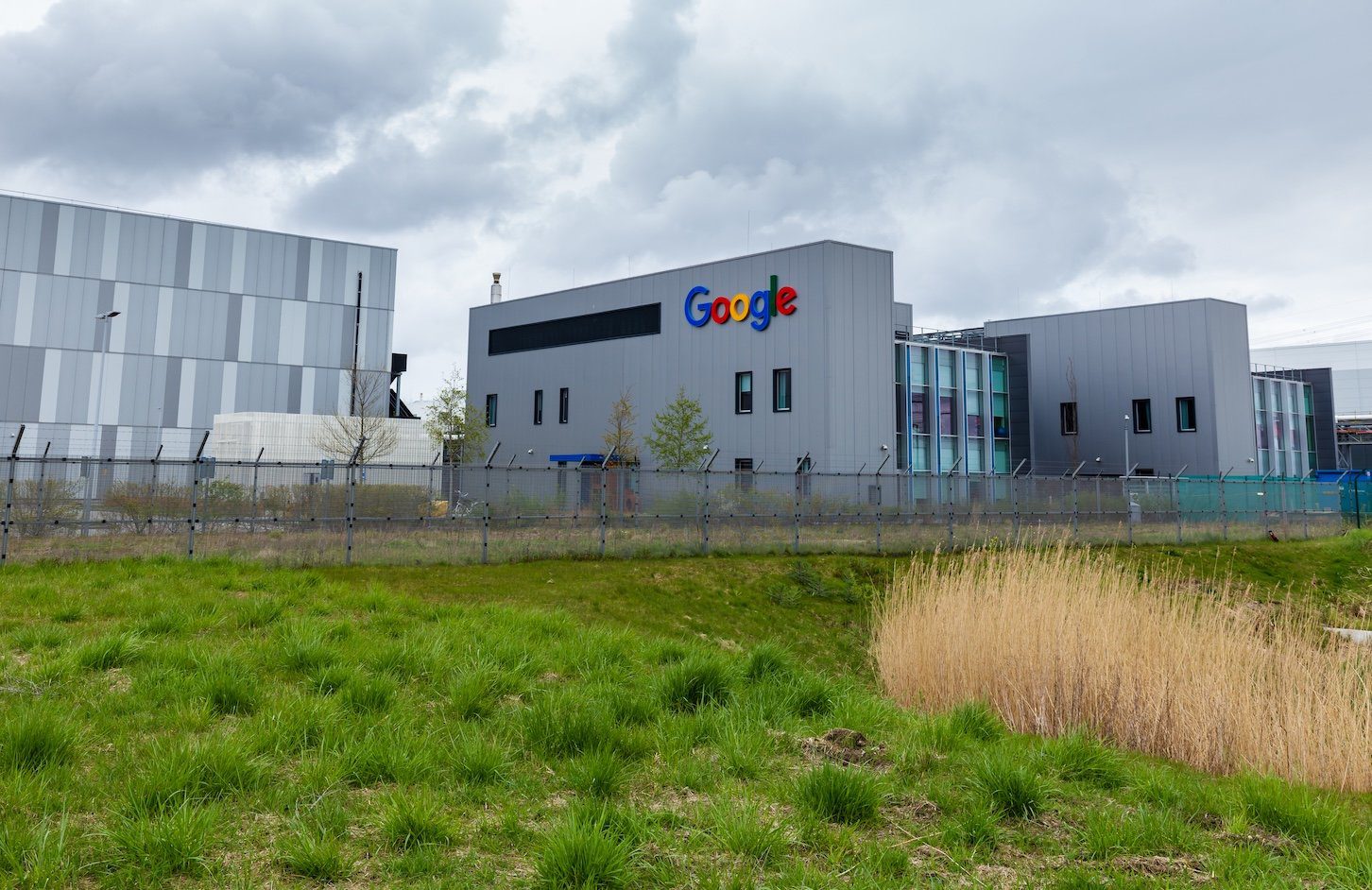The race for Artificial Intelligence in the UK is accelerating, yet it remains dependent on the efficiencies and capabilities of the electrical grid. As massive AI-focused operators and cloud giants pour billions into new data centers, the nation’s ability to keep the lights on, and the servers cool, have become the defining strategic factors in 2025.
The sheer demand for compute power, driven by generative AI and hyperscale cloud services, is colliding with critical constraints in power availability, land access, and planning approvals. This situation has spurred massive capital deployment, strategic geographic shifts, and unprecedented government intervention all of which are aimed at securing the UK’s position as a global AI hub.
Capacity vs. Constraint in data center markets
The data suggests the UK market is arriving at an inflection point. The installed IT load across UK data centers is expected to nearly double from 3,485 MW to 8,382 MW by 2031, according to Mordor Intelligence. This sustained acceleration is translating into a colossal market expansion which is projected to grow from US$ 3.66 billion in 2025 to over US$ 14.5 billion by 2030.
CBRE’s Global Data Center Trends 2025 reports that London remains the only major European data center market (within the FLAPD region: Frankfurt, London, Amsterdam, Paris, Dublin) to exceed 1GW of capacity, but this dominance is under threat. Ongoing power availability challenges across West London, where major cloud availability zones are concentrated forces operators to consider alternative locations.

Cushman & Wakefield reports that while the core FLAPD markets still hold a combined 10.9GW of capacity, they are beginning to reach maximum capability. The momentum is now shifting to remote campuses and Tier 2 locations beyond the traditional metropolitan hubs. Geographic diversification is now a core strategy: operators are looking toward northern England, Scotland, and Wales to bypass grid bottlenecks and access lower-cost power.
New investments and partnerships
These market pressures are translating into action, with major players making billion-pound bets on the future.
At the start of 2025, AI-hyperscaler Nscale announced its plans to invest £2 billion (US$ 2.5 billion) into the UK sector over three years. This commitment includes a 50MW AI/HPC data center in Loughton, built with liquid cooling and scalable to 90MW. The biggest statement came in Q4, when Nscale partnered with Microsoft to design the UK’s largest NVIDIA AI supercomputer at the Loughton campus, housing an estimated 23,000 NVIDIA GB300 GPUs to power Azure services from 2027.
Meanwhile, industry veterans are shifting their models. In March 2025, SEGRO PLC and Pure Data Centres reported in an article that the companies had formed a joint venture to deliver a £1 billion (US$ 1.34 billion), 56MW facility in Park Royal, West London. This move signals a strategic market maturation: SEGRO, historically a provider of basic “powered shells,” is now stepping up to deliver fully-fitted, turn-key space including power and cooling to meet hyperscalers’ demand for faster deployment.

Global tech giants such as Google are scaling up as the cloud service provider opened its Waltham Cross data center in Hertfordshire in September 2025, part of a broader £5 billion (US$ 6.7 billion) two-year investment spanning cloud, DeepMind AI research, and infrastructure engineering, underscoring its intent to solidify its UK AI capabilities. Readers will recall that W.Media had reported on Google’s AI ambitions in the UK as the cloud provider officially opened its new data center in Hertfordshire in September.
Meanwhile, the National Grid and Emerald AI announced a strategic partnership in September 2025 to demonstrate how AI data centres can work with the transmission network to adjust their energy use in real time, making better use of existing capacity to support the UK’s growing digital needs.
Steve Smith, Chief Strategy and Regulation Officer at National Grid said, “As the UK’s digital economy grows, unlocking new ways to flexibly manage energy use is essential for connecting more data centres to our network efficiently. With Emerald AI, innovative technologies can help us optimize the grid, enable increased investment in advanced computing, and deliver real benefits to the wider UK economy.”
The partnership will develop an AI-powered system that acts as a smart mediator between the grid and a data centre, supporting flexible management of energy demand, energy consumption, and support grid stability.
Government response and green imperatives
The UK government recognizes the strategic importance of the AI digital infrastructure and is pioneering the creation of AI Growth Zones (AIGZs) with the first zone being established in Culham, headquarters to the UK Atomic Energy Authority. These zones are specifically designed to bolster access to power and fast-track planning approvals, thereby accelerating the build-out of crucial AI infrastructure. Plans for the Culham site include one of the UK’s largest AI data centers with 100MW of capacity and a potential scale-up to 500MW.

This public-private model aims to deliver secure and dedicated public sector computing capacity while forging strategic partnerships with leading AI players to enhance digital energy infrastructure and sustainability initiatives.
The push for scale is intertwined with the demand for green energy. With facilities actively expanding into 72 cities across the UK, operators increasingly emphasize sustainability and renewable energy sourcing. The financial viability of future projects depends on securing long-term, high-volume clean power contracts, making sustainability not just an ethical choice, but a commercial necessity.
Conclusion
The UK’s AI and hyperscale data center sector is entering an era of unprecedented, but complicated, growth. The forces of AI, cloud, and high-performance computing are driving demand sharply upward, while constraints in power and planning present strategic headwinds.
Operators who can secure early access to power, design facilities for demanding AI-specific workloads, seamlessly integrate sustainability, and successfully partner with both the private sector and government are best positioned to capture the market opportunity. Through strategic foresight, the UK is betting on these public-private partnerships and AI Growth Zones to establish itself as a global leader in AI-ready digital infrastructure, successfully combining innovation, economic growth, and sustainable practices.




